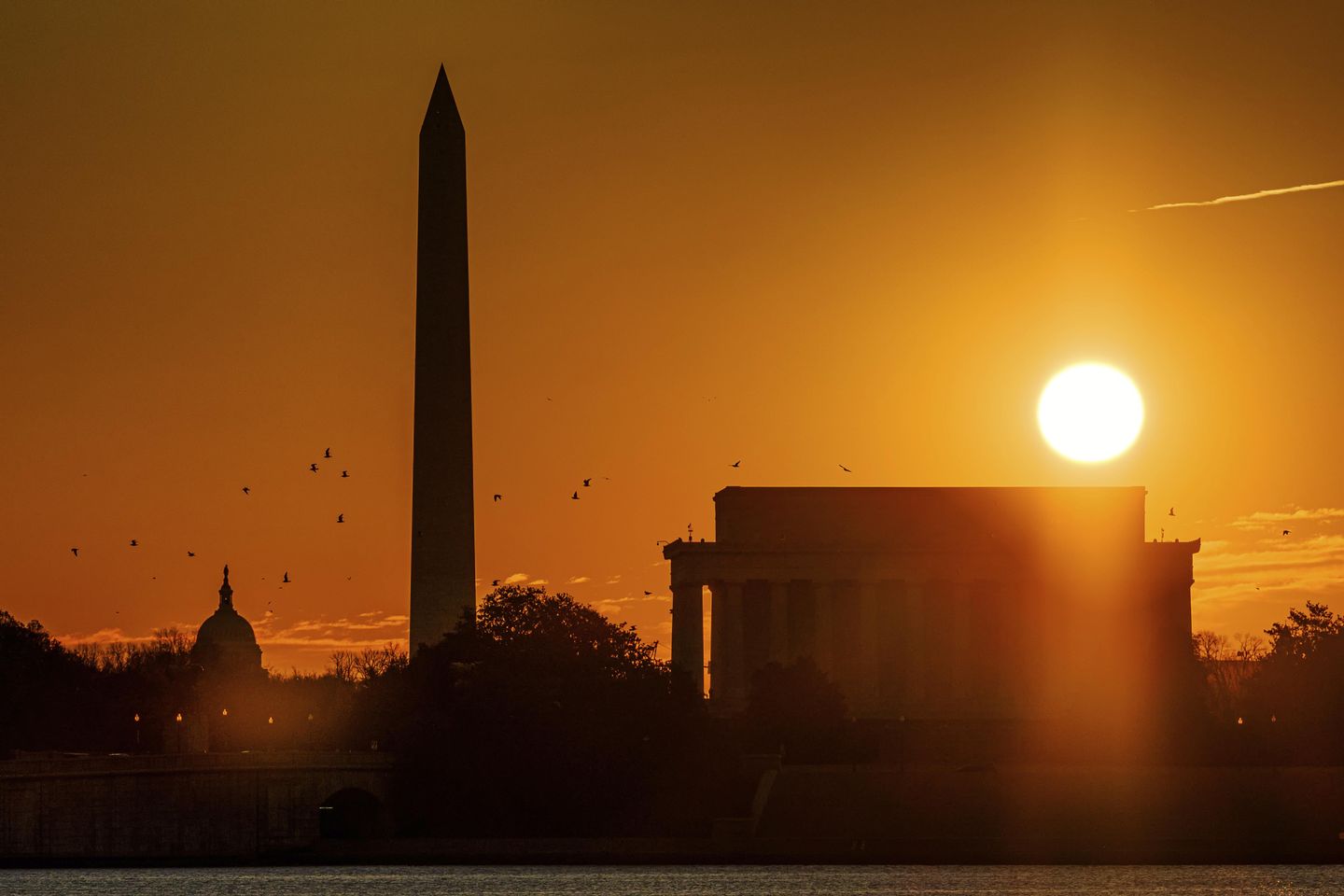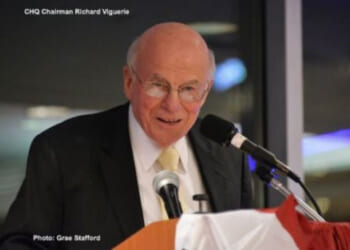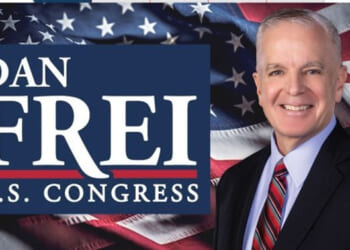
President Trump pressed Congress to make daylight saving time, the biannual changing of the clocks to adjust for the seasons, permanent in a bid to give Americans “more daylight.”
The president’s dabbling with the issue is not new. Late last year he vowed that Republicans would use their “best efforts to eliminate ” the change, which requires clocks to move ahead an hour in March and drop an hour in November.
Earlier this year he said daylight saving was a “50-50” issue and cited concerns that doing away with the system would mean schoolchildren would wait for the school bus in the dark.
Mr. Trump once again waded into the daylight saving discourse in a social media post on Friday, posting that “the House and Senate should push hard for more Daylight at the end of a day.”
He added, “Very popular and, most importantly, no more changing of the clocks, a big inconvenience and, for our government, A VERY COSTLY EVENT!!! DJT.”
Public sentiment has moved closer to the president’s viewpoint. A recent Gallup poll found that most Americans, 54%, are ready to end the practice, while 40% are fine sticking with the twice-yearly ritual.
Studies over the last several years have found that the actual cost of daylight saving time fluctuates between hundreds of millions to billions of dollars.
Chmura Economics and Analytics released a study last year that found the average annual cost of the time change was roughly $672 million.
The cost was spread across four drivers — increases in heart attacks, strokes, workplace injuries and traffic accidents — associated with sleep loss when an hour is lost in the spring.
The Uniform Time Act of 1966 governs daylight saving time nationally, but does allow states to opt out of the practice. Arizona and Hawaii are the only states that don’t observe daylight saving time.
Advocates for nixing the clock-changing practice want to make daylight saving time permanent, meaning more sun in the evening, or conform to standard time, giving more daylight in the morning.
Mr. Trump’s call falls into the daylight saving time permanency camp, a push that has gained momentum in Congress over the years.
In 2022, the Senate passed legislation that would make daylight saving time permanent starting in 2023, but then-House Speaker Nancy Pelosi, California Democrat, did not bring the bill to the House floor.
Sens. Rick Scott, Florida Republican, and Patty Murray, Washington Democrat, revived that push this year with the Sunshine Protection Act, which would “lock the clock” by making daylight saving time the national year-round standard.
In the House, Rep. Greg Steube, Florida Republican, launched a discharge petition last year to make daylight saving time permanent, but the move to force a vote on his bill fell far short of the 218 signature threshold.
“Thank you [President Trump],” Mr. Steube said on X. “I pushed for permanent Daylight Saving Time in the Florida Legislature. I’m fighting for it in Congress now. No more clock-switching. More daylight in the evening. Less government waste. Let’s get it done.”
The president’s plea also comes on the heels of a Senate Commerce Committee hearing on Thursday that heard from proponents and critics of setting a year-round time standard rather than changing clocks.
Senate Commerce Committee Chair Ted Cruz, Texas Republican, noted that for some, changing forward and back was a “minor inconvenience,” but noted that the changes had wide-ranging implications on health and the economy.
“Whether we lock the clock on standard time year-round or daylight saving time, let’s put our health, the economy and well-being first and embrace a sensible approach to time management,” Mr. Cruz said.












